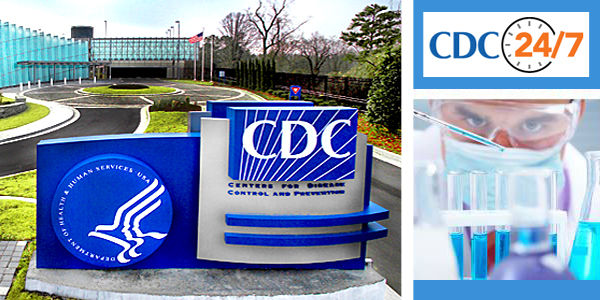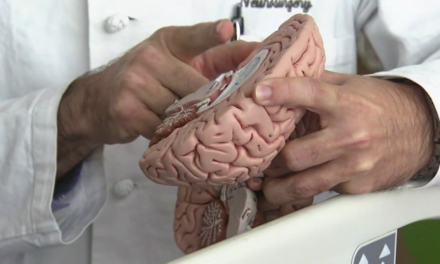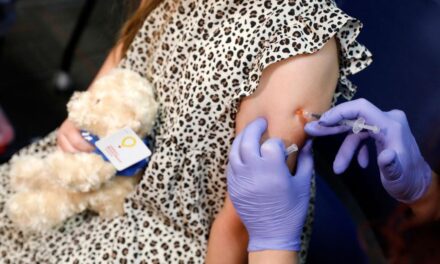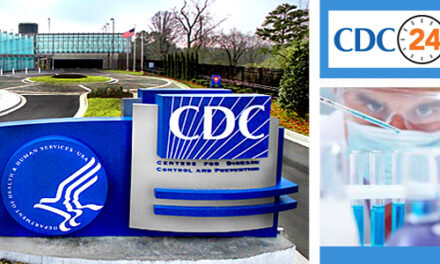
CDC Updates Blood Lead Reference Value for Children

The Centers for Disease Control and Prevention (CDC) recently updated its blood lead reference value (BLRV) from 5 µg/dL to 3.5 µg/dL in response to the Lead Exposure Prevention and Advisory Committee (LEPAC) recommendation made on May 14, 2021. The BLRV is intended to identify children with higher levels of lead in their blood compared to most children, based on the 97.5th percentile of the blood lead level (BLL) distribution in U.S. children ages 1–5 years.
“No level of lead is safe and yet, more than half of our nation’s children are at risk of lead exposure, often in their own home,” said Health and Human Services Secretary Xavier Becerra. “Today’s action by CDC is a reminder of how important it is for parents to ask their child’s doctor about early blood lead testing, so parents can take steps to keep them safe from the toxic and irreversible effects of lead exposure.”
Based on the CDC’s updated BLRV, federal partners, health departments, health care providers, and others are encouraged to focus resources on children with the highest BLLs compared to most U.S. children ages 1-5 so more prompt actions can be taken to 1) reduce their levels, 2) mitigate health effects, and 3) identify and eliminate sources of exposure.
“Lead exposure at all levels is harmful to children and can be detrimental to their long-term health,” said CDC Acting Principal Deputy Director Debra Houry, M.D., M.P.H. “Protecting the health and wellbeing of children as they grow and develop is of the utmost importance, and I am confident this update will allow us to further safeguard the health of the next generation.”
Despite the overall decline in BLLs, lead exposure remains a significant public health concern for some children because of persistent lead hazards in the environment. Sources of lead include housing contaminated with lead-based paint, soil contaminated by historical sources of lead including automobile gasoline and activities such as lead mining or smelting, drinking water lead service lines, and lead in household plumbing materials. Children may also be exposed to lead through ingestion of contaminated candies and food packaging; some folk remedies, cultural products, and consumer products; and lead dust that caregivers might bring home on their clothing from their workplaces.
Children of non-Hispanic Black or African American race, those living in low-income households and those who are immigrants or refugees, are more likely to live in communities where lead is pervasive. By updating the BLRV, CDC continues its commitment to health equity by striving to protect children who are at higher risk for exposure to lead. No safe BLL in children has been identified and even low levels of lead in blood have been shown to affect learning and academic achievement, and some effects may even be permanent. Preventing exposure before it occurs is essential, and if caught early, there are stepspdf icon parents, healthcare providers, communities, and others can take to prevent further exposure and reduce damage to a child’s health.
For more information about Blood Lead Levels in Children, visit Blood Lead Levels in Children | Lead | CDC.
###
U.S. DEPARTMENT OF HEALTH AND HUMAN SERVICESexternal icon
CDC works 24/7 protecting America’s health, safety and security. Whether disease start at home or abroad, are curable or preventable, chronic or acute, or from human activity or deliberate attack, CDC responds to America’s most pressing health threats. CDC is headquartered in Atlanta and has experts located throughout the United States and the world.
Source: https://tools.cdc.gov/podcasts/download.asp?m=132608&c=428448


















